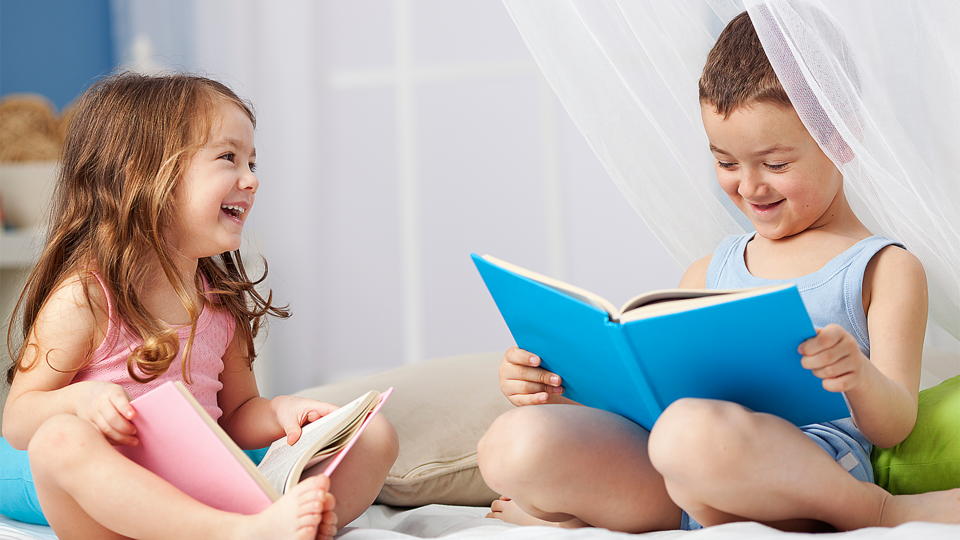
by GenesisAdmin | Jun 23, 2019 | Early Childhood Development, Education |
Getting your child to read always feels like a parenting win, doesn’t it? We’re constantly told by the media and by scientists how important it is for kids to read. And these experts certainly aren’t wrong. But encouraging your child to read is a...

by GenesisAdmin | Jun 12, 2019 | Barriers to Learning, Education |
When we talk about reading difficulties it helps to think about the pattern of reading problems that the child displays. This helps us to get a better idea of whether the child’s difficulty is due purely to not having had enough experience in reading (as...

by GenesisAdmin | May 14, 2014 | Barriers to Learning, Early Childhood Development |
Bilateral integration is the ability to use the two sides of the body together in a coordinated way. We need bilateral integration to get through a myriad of tasks on a daily basis. Think for instance of the way your hands and arms work together when you eat your...
by GenesisAdmin | May 19, 2013 | Early Childhood Development, Education, Parent guidance |
Visual figure ground perception refers to the ability to distinguish a figure or object from it’s background and is a vital element to reading. This ability enables emerging readers to focus on words and letters and ignore background prints or blots and smudges...
by GenesisAdmin | Apr 23, 2013 | Assessments, Barriers to Learning, Parent guidance |
There are about 27 accepted definitions of Dyslexia and experts cannot seem to agree on exactly what this learning disorder is and how it presents itself in young children. There are dozens of Dyslexia Tests on the market, but not one single universally accepted test...




